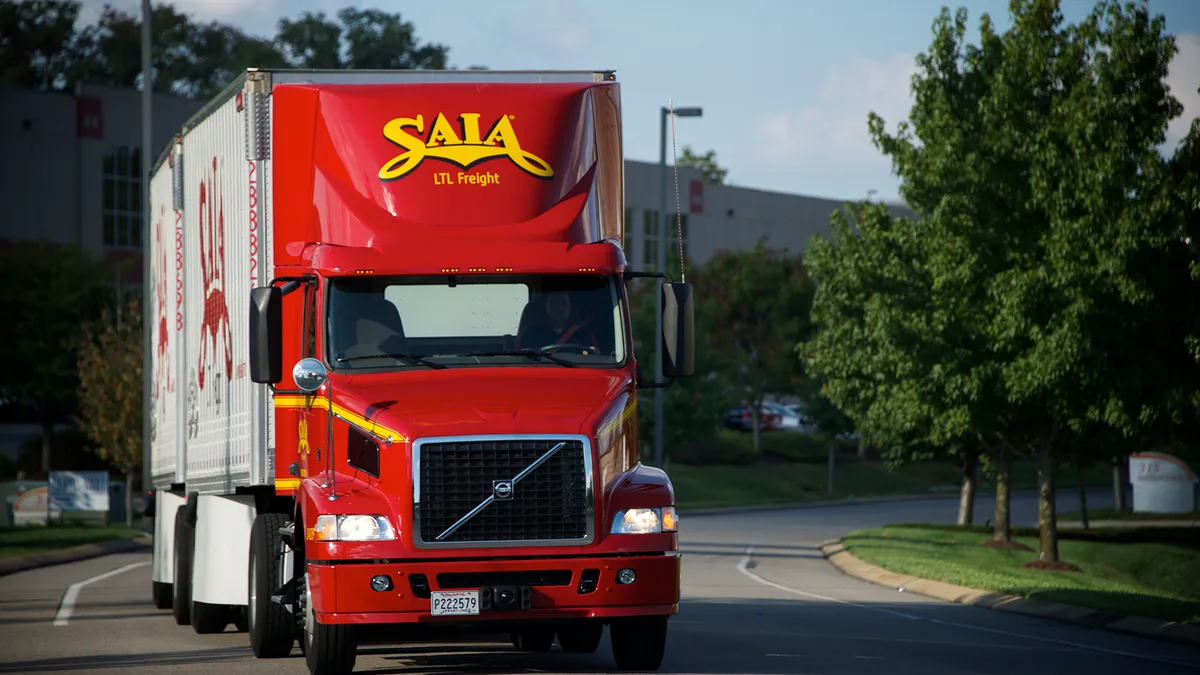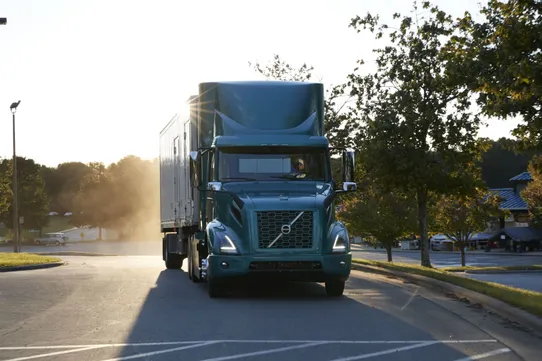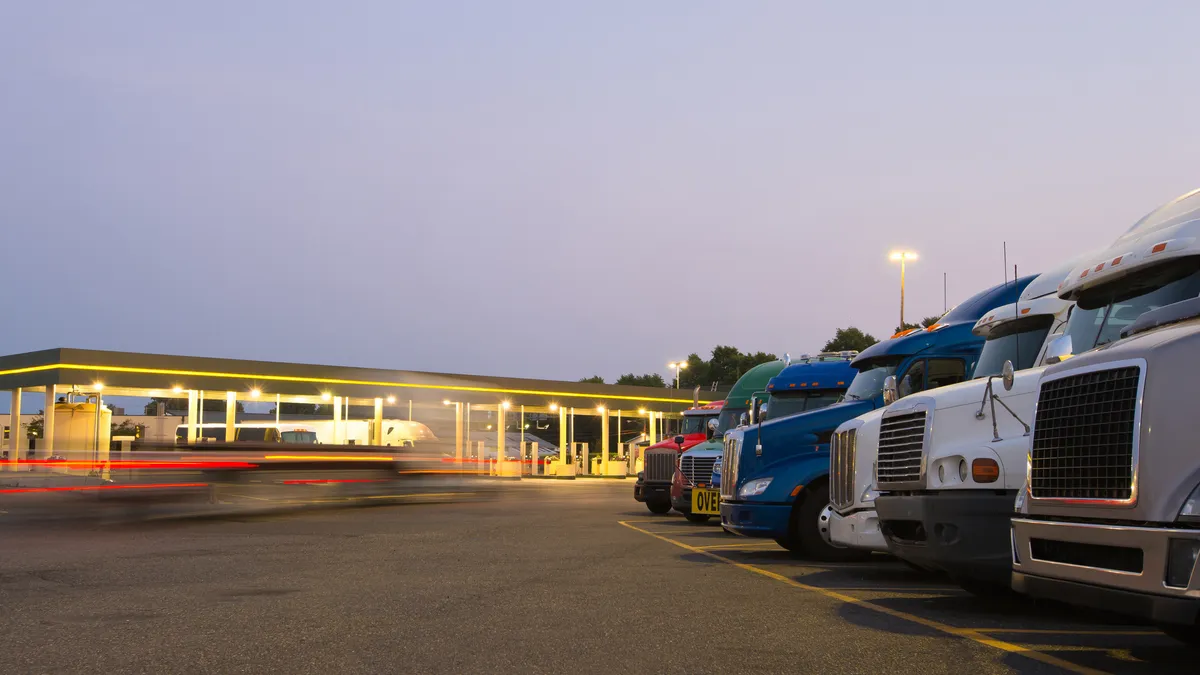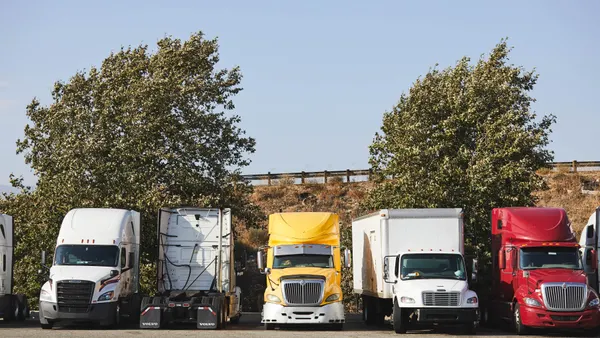Dive Brief:
- Saia’s operating income fell nearly 10% to $101.5 million in Q4, but investments in terminal reopenings and relocations — which caused a short-term headwind — are already bearing fruit, the LTL carrier reported Monday.
- Following shipment and tonnage improvements last quarter, about three quarters of volume growth in January was attributable to Saia’s record number of facility additions in its centennial year, EVP and CFO Matthew Batteh said during an earnings call.
- The network expansion also allowed the company to negotiate an average contract renewal rate increase of 7.9%, following a 7.9% general rate increase in October, Batteh told analysts.
Dive Insight:
The Johns Creek, Georgia-based company opened a company record 21 terminals and relocated another nine in 2024 to fill out its in-house LTL network across the contiguous 48 states.
The new terminals aren’t yet operating at Saia’s typical efficiency standards, but the entry into new markets gave the carrier access to business it could not capture in its previous network, President and CEO Fritz Holzgrefe said on the call.
“We’re starting to see the new terminals operate more efficiently, and we’re very pleased with our execution,” Holzgrefe said. “As discussed last quarter, the investments in our network are not for the current year or current quarter or year, but rather long-term investments that help us continue to support our customers.”
Shipments per workday increased 4.5% year over year and tonnage grew by 8.3% YoY in Q4, the carrier reported.
But Saia’s contractual and general rate increases drove some customers to take their business to lower-priced carriers, Batteh acknowledged. Saia refused to chase the freight, raising rates to support its $1 billion investment in its network last year, he said. That follows Old Dominion Freight Line’s playbook of maintaining strong pricing in weak demand environments to support high levels of service and investments in its operations.
“We’re taking the rate increases that we need to, and hopefully when the environment comes back or the other [lower-priced] carrier struggles, we’re going to get an opportunity to handle that business back at our rate,” Batteh said.















